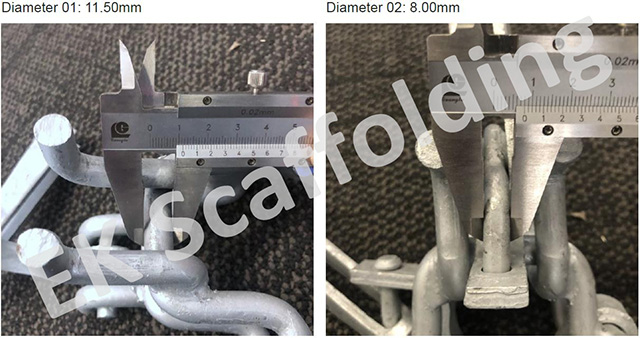
The cells, preferably derived autologously from the patient, can be stem cells, progenitor cells or mature cells. Originally, the concept of tissue engineering required a triad of cells, scaffolds and signaling molecules. As a result, “an interdisciplinary field of research that applies the principles of engineering and the life sciences towards the development of biological substitutes that restore, maintain or improve tissue function” has been created with the ultimate goal of repairing injured and diseased organs.

They recognized that in all fields of reconstructive surgery less than 30% of patients needing an organ transplant were able to obtain one, and that an alternative approach of engineering viable tissues and organs using cell culture techniques was needed to address this limited supply.

The field of tissue engineering and regenerative medicine was conceptualized about 35 years ago by Robert S. Langer, Institute Professor at Massachusetts Institute of Technology, together with Joseph P. Vacanti, MD a pediatric and transplantation surgeon-scientist at Massachusetts General Hospital and Harvard Medical School. The use of different synthetic and natural resorbable polymer fibers will be discussed, as well as the need for specialized finishing techniques such as heat setting, cross linking, coating and impregnation, depending on the tissue engineering application. In addition, it will explain how different types of tissues can be regenerated by each textile technology for a particular clinical application. The chapter will explain the unique advantages of using textile technologies for tissue engineering scaffold fabrication, and will delineate the differences in design, fabrication and performance of woven, warp and weft knitted, braided, nonwoven and electrospun scaffolds. This review of the literature focuses on the required scaffold properties, including the polymer material, the structural design, the total porosity, pore size distribution, mechanical performance, physical integrity in multiphase structures as well as surface morphology, rate of resorption and biocompatibility. The use of tissue engineering to regenerate viable tissue relies on selecting the appropriate cell line, developing a resorbable scaffold and optimizing the culture conditions including the use of biomolecular cues and sometimes mechanical stimulation.


 0 kommentar(er)
0 kommentar(er)
